A mega water diversion project has so far benefited more than 13 million residents in Beijing, the local water authority said Monday.
The South-to-North Water Diversion Project has transferred over 7.3 billion cubic meters of water from major rivers in the south of the country to the nation's capital over the past seven years, according to the Beijing Water Authority.
Home to more than 21 million residents, Beijing has long been troubled by water scarcity. Water from the south has become a major source for the city.
As of Monday, a total of 13 waterworks have received water through the project, which has partly alleviated the water shortage facing Beijing.
By mid-December, the groundwater depth in the plain areas of Beijing averaged 16.52 meters, a cumulative increase of 9.14 meters compared with the same period in 2014.
The South-to-North Water Diversion Project has three routes. The middle route, the most prominent of the three as it feeds water to the nation's capital, starts from the Danjiangkou Reservoir and runs across Henan and Hebei provinces before reaching Beijing and Tianjin. It began supplying water on Dec. 12, 2014.
The eastern route transfers water from east China's Jiangsu Province to feed areas including Tianjin and Shandong, while the western route is in the planning stage and is yet to be built.












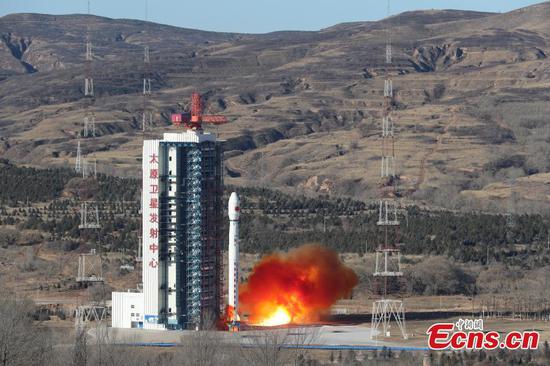

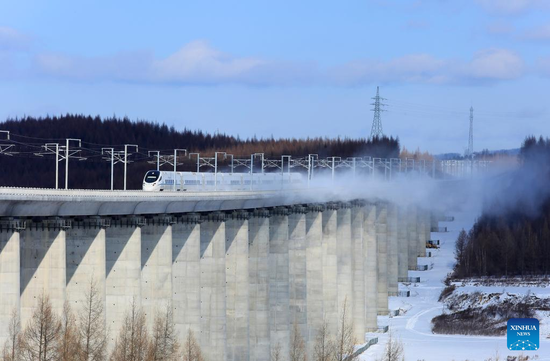



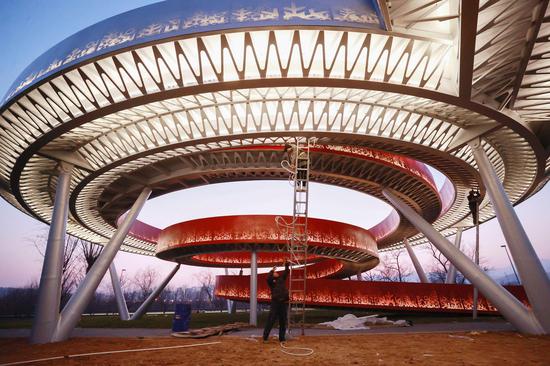
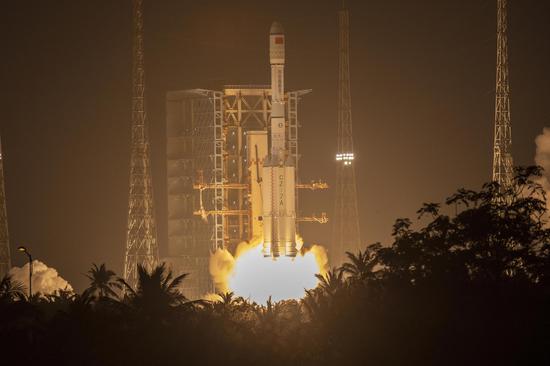





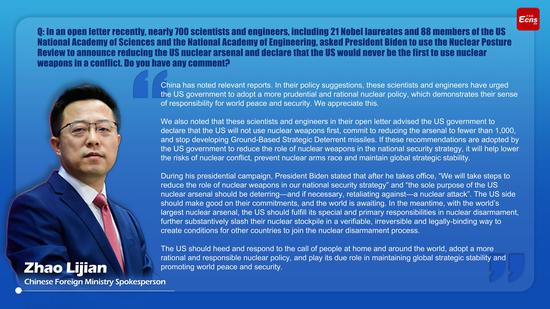
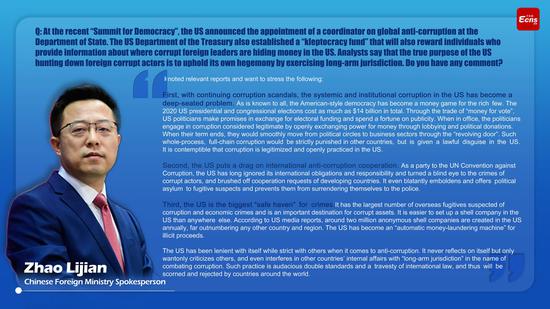


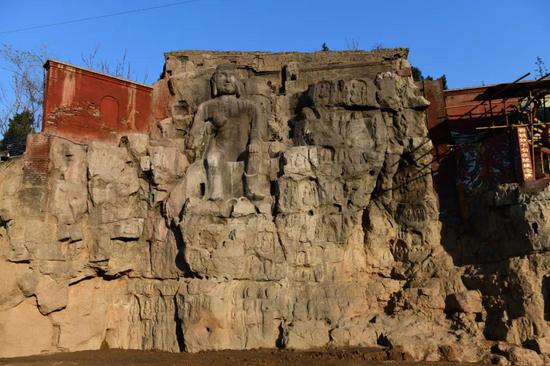

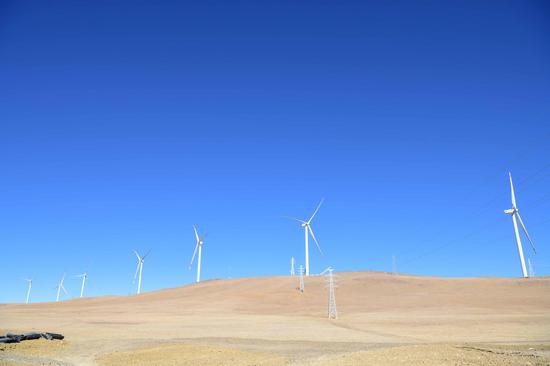
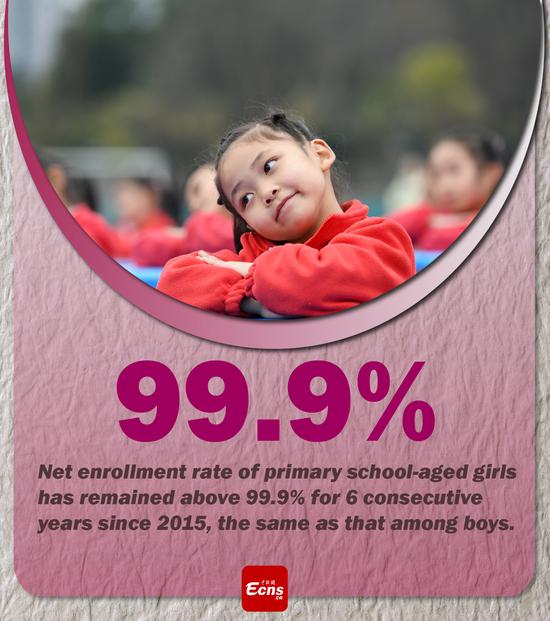


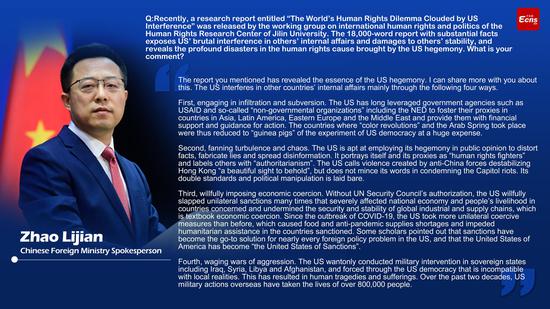


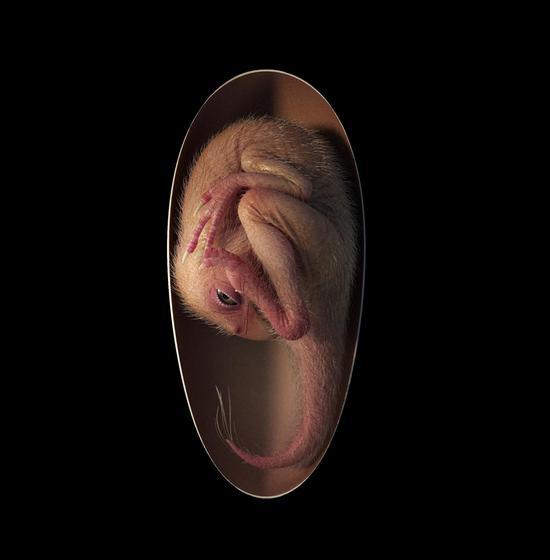

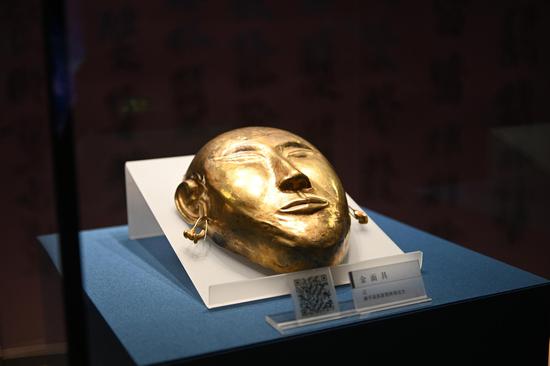

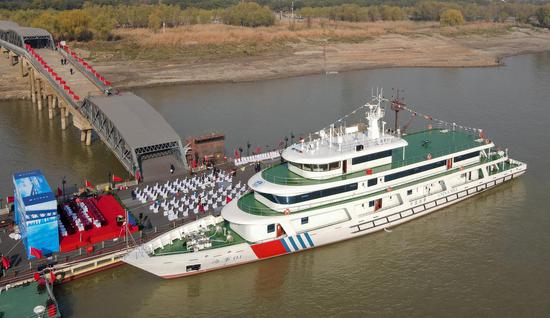







 京公网安备 11010202009201号
京公网安备 11010202009201号